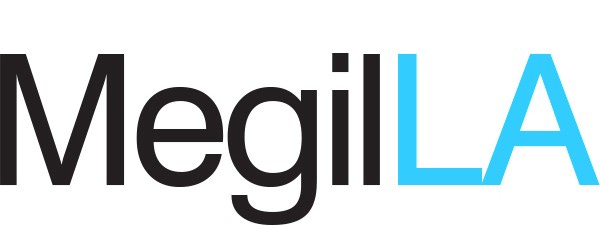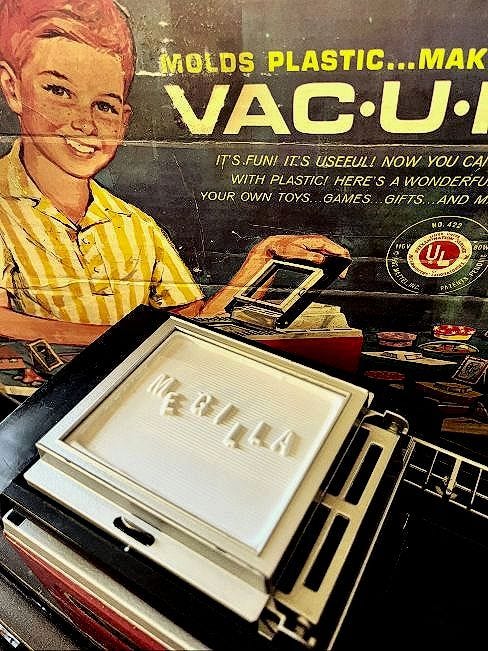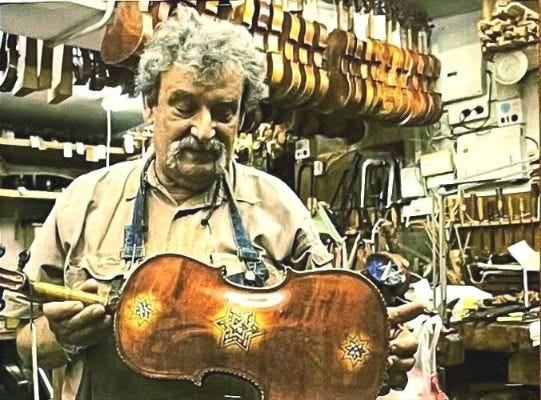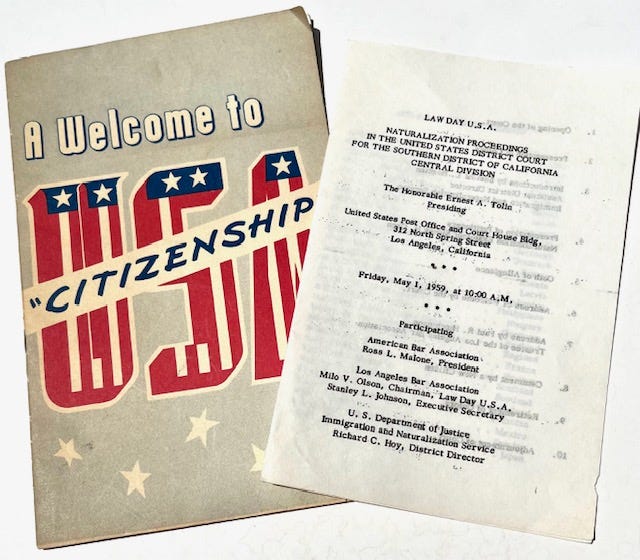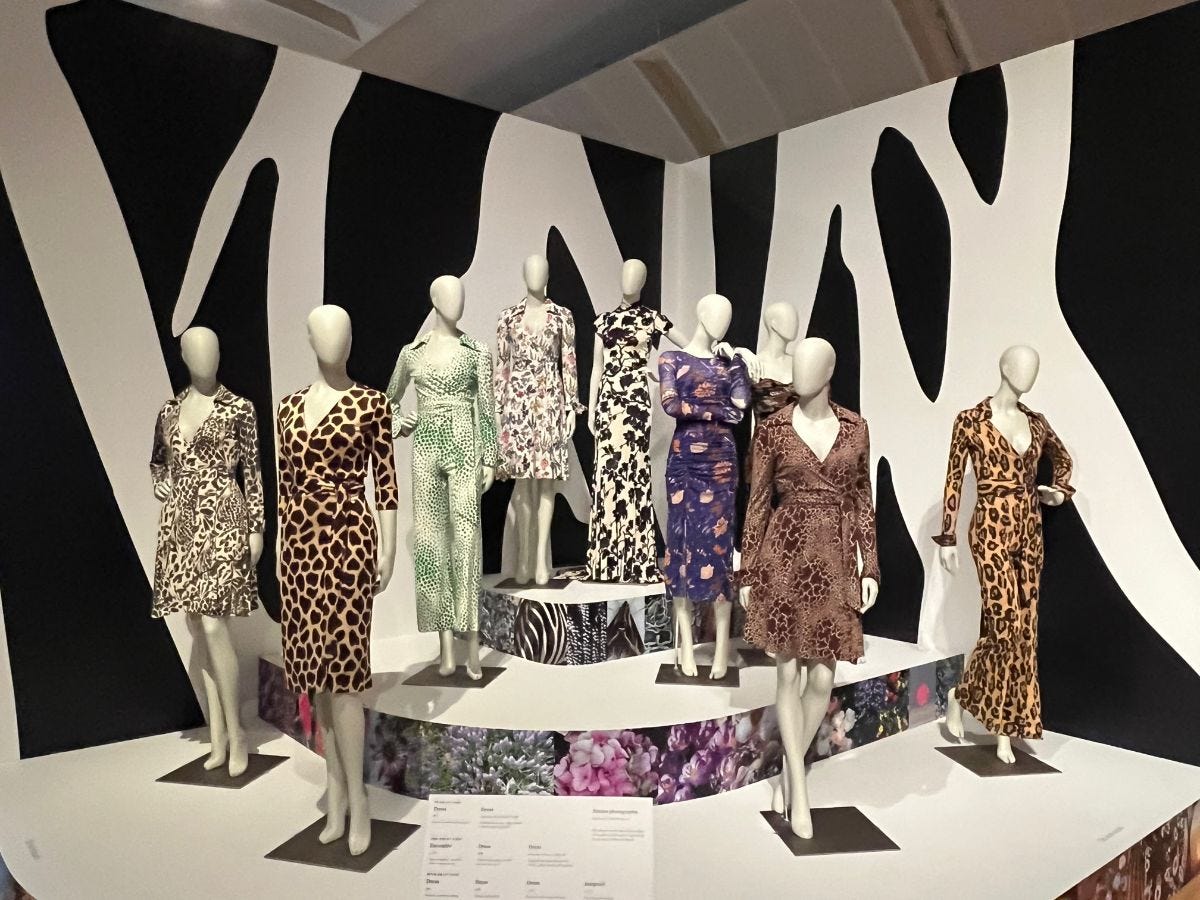Notes of Hope
A New Scroll of LA Jewish News
Folks,
As a child, and even as an adult, I didn’t know that the toy I loved as a kid was invented by an LA Jew, Eddy Goldfarb. I know now, so do you, and that’s what Jewish American Heritage Month is all about: recognizing the contributions of Jewish Americans to American culture, history, and society.
Goldfarb was born to Jewish immigrants in Chicago in 1921. He moved with his family to the San Fernando Valley in 1952, and at 103 continues to create. Generations of Americans grew up with his inventions: KerPlunk, Battling Tops, Bright Starters, and the ubiquitous Yakity-Yak Talking Teeth.
The subject of the award-winning short film “Eddy’s World,” in it we discover the mindset of an independent inventor. Meticulous in his work, and a dedicated craftsman, his toys, like the Vac-U-Form, create a space for the child to play and create.
In an interview with US Patent and Trademark Office, when asked about his longevity, he answered: “I inherited some good genes... but I really think being creative helps…It stimulates your brain and I think that helps your body”— an idea that we can play with forever.
…In this month of recognizing Jewish contributions, can you support the one-of-a-kind Jewish publication that you read here? If MegilLA is worth reading, and resending to your friends, then it’s worth a paid subscription. Please become a paid subscriber. Today! I need your help to continue.
Shabbat Shalom.
Edmon J. Rodman
////\/\\\\
////\/\\\\
REVIEW
Hearing the violins of hope
Morgan Lauff, Matthew Bohrer, Lielle Kaidar. Photo Jordan Gohara
Edmon J. Rodman
If a damaged violin could play us a story of the Holocaust, then “The Violin Maker,” a play that passionately projects the songs of both tragedy and hope of several violins that survived Nazi Germany’s death camps, and their ow3ners who did not, would be it.
Based on the true story of Israeli violin maker Amnon Weinstein, the play is having its American premiere at the International City Theatre in Long Beach.
Vintage and worn stringed instruments, especially those crafted by famous makers, often have a history to share, if we would only listen. Mostly, we hear only the faint sounds of the Holocaust, while history blares at us a critical lesson.
Realizing this, the play’s authors, Lisa Pearl Rosenbaum and Ronda Spinak, artistic director of The Braid, turn up the heartbeats, and turn down the volume. They tune our ears, and direct our hearts, through layers of exposition and generational trauma, to an individual human story of the search for truth.
As the story opens in a stringed instrument shop in Israel, the luthier, Amnon Weinstein, played by Bruce Nozick, has a problem. As the result of being interviewed on a radio program, his shop is filling up with crates of broken and aging violins, connected somehow to the Holocaust, and he doesn’t have the time, or desire to repair or refurbish them.
He is already working on a major commission for a violin for a famous American violinist, and the mere sight of the Holocaust violins, sends him and the audience into a regression of historic proportions.
“The violin’s woods absorb something from everyone who played it,” says Amnon, a man not ready to hear what the instruments have to say.
We learn that it is more than a time conflict that is keeping him from the storied violins. Like many Jews whose families died at the hands of the Nazis, Amnom has been denied, by those who love him, the full truth of what happened to his family.
But first, he must decide if he wants to hear it.
The truth is close by, little more than a bows-length away. Long-kept in dusty, stored violin cases that he dares not open, it is also held in the memory of his mother, Golda, played by Sheer Aviram, whose truth remains as closed off from him as any case.
The real life Amnon Weinstein in his shop in Tel Aviv.
How Amnon discovers the truth, and what he does with it, is not just the theme for the main character, it is for those who watch his story unfold as well.
Generations removed from the Holocaust; we struggle for a way to confront our shared tragedy; with how to open the case. “The sound of the violin is the closest to the human voice,” says one of the play’s characters, and we so much want to know the Jews whose voices were lost.
If we are not careful, though, due to the popularity of “Fiddler,” and omnipresent works of Marc Chagall (think “Green Violinist”), the violin can connect us to an easy-listening composition that slides us past much of the trauma.
Fortunately, that does not happen here.
In “The Violin Maker,” the instruments, and the people who so passionately played them, connect us to who we were, and call attention to who we can be today.
Throughout the performance, live music played by violinist Jonathan Rubin, and pianist, Dr. Noreen Green, who also curated the show’s music, pull us even more deeply into our relationship with the violin.
“Yedid Nefesh,” “companion of my soul,” often sung at the coming of Shabbat, pulled me into a time of sanctuary. “Chasan Kallah Mazel Tov,” often played at Jewish weddings, connected me to joy, and “Ani Ma’Amin,” “I believe with perfect faith,” long-associated with those who died in the Holocaust, brought tears.
The Yiddish "Partisan Song," “Zog Nit Keyn Mol,” inspired by the Warsaw Ghetto uprising, turned my head in a different direction. The song, which has a lyric, “Never say that you are going your last way,…the hour for which we long will certainly appear,” connected the play to the trauma many Jews feel today, as if to say “Don’t lose hope for a better day.”
As Amnon finally opens the case, so to speak, and confronts the truth and decides on a course of action, I felt relieved.
So what if near the end, the playing of the patriotic “Hatikvah,” with the actors lined up on stage, seemed a bit corny, sometimes in hearing an old song on a new stage, we hear a possibility of hope.
"Violins of Hope"
Performances April 25 through May 11
Thursdays, Fridays and Saturdays at 7:30 p.m. , Sundays at 2 p.m.
International City Theatre TIX
Long Beach Convention & Entertainment Center’s Beverly O’Neill Theater
330 East Seaside Way
Long Beach, CA 90802
////\/\\\\
*LIVE FROM THE ARCHIVE:
New citizens rule
Edmon J. Rodman
This year, when our system of law is under pressure, it seems important for the People of the Book to recognize the May 1 observance of Law Day, which celebrates the rule of law.
President Dwight D. Eisenhower established Law Day in 1958. As a WWII military leader, he toured the liberated Ohrdruf concentration camp in Germany and saw first-hand what happens when the rule of law breaks down.
How was Law Day observed in LA?
Drawing from a program and booklet collected in the Archive, we find that on May 1, 1959, in Los Angeles, Law Day was observed by holding an official ceremony welcoming the area’s new citizens.
Imagine, a ceremony just to welcome newcomers!
Held at the US Post Office and Court House building on 312 N Spring Street, the event included a “Welcome of the Court,” and even a “Comment” by a new citizen. That day, as shown on the program, an oath of allegiance was said by 29 people including new citizens from Ukraine, Korea, Italy Hungary, Pakistan, Mexico, and Israel.
The proceedings were presided over by the Honorable Ernest A. Tolin, and welcoming the soon-to-be new citizens was Samuel L. Hozman (who was Jewish), assistant district director, Immigration and Naturalization Service.
The program, found tucked inside a booklet titled “A Welcome to USA Citizenship,” was published by the US Department of Justice, and most likely, was given to the new citizens that day.
Inside are the words to “The Star-Spangled Banner,” the “Oath of Allegiance,” and a page dedicated to “The Duties of a Citizen,” which included “It is my duty, by my votes and my influence, to correct injustice.”
“I may think as I please,” began a list of “Rights and Privileges of a Citizen,” followed by the rights we still hold dear, including the right to vote, self-improvement, to seek justice in the courts, free education for children, and “the right to worship” as we think best.
*The Rodman Archive of Los Angeles Jewish History is a collection of approximately 1500 objects, photos, clothing, art, books, recordings, and ephemera relating to the lives and endeavors of Jewish Angelenos between 1850 and 1980.
////\/\\\\
Finding your heritage
Mural inside Langer's Deli.
How can you observe Jewish American Heritage Month? Let us count the ways. You could take a break from the day-to-day to watch Rocky & Bullwinkle cartoons (Watch Here) since June Foray, the voice of Rocky the Flying Squirrel, and the ever-scheming Natasha Fatale, was Jewish.
Or, you could head to the Roxbury Park Community Center on Thursday May 29 at 1 p.m. to watch “Woman in Gold,” the true story of Maria Altmann, an elderly Jewish refugee living in Cheviot Hills, who with her lawyer, Randy Schoenberg, fought the Austrian government to reclaim Gustav Klimt’s iconic painting of her aunt Adele Bloch-Bauer stolen from her family by the Nazis.
If Jewish American music is what connects you to your heritage, you could listen to Angeleno Mickey Katz sing his Yiddish and English ballad of “Duvid Crokett.” (Listen Here)
Or, you could hear LA’s premiere klezmer-rock band Almost Kosher at the Beverly Hills Farmers Market on Sunday, May 4, from 8:00 AM to 1:00 PM as part of the Jewish American Heritage Month kickoff event.
If deli food is what makes you feel good about being Jewish, you could head to Langer’s, Canter’s, Bret’s, or Jeff's. בְּתַבְּאוֹן betayavon, “good appetite.”
Or, you can kvell over contestants cooking matzo ball soup for The Gondi/Matzo Ball Soup Contest, at The Beverly Hills Farmers Market on Sunday, May 4, from 8:00 AM to 1:00 PM.
If you want to connect with your own Jewish American Heritage, step into the Jewish “Way Back Machine,” of the National Library Newspaper Collection https://www.nli.org.il/en/newspapers/titles? available online through National Library of Israel (Find it Here). Choose a city’s Jewish newspaper, type in a name from your family, and see where your heritage takes you.
////\/\\\\
Seen on the way:
Skirball Cultural Center
Eye-catching examples of Diane von Furstenberg’s signature creation, the wrap dress, are on display at the Skirball through August 31. The exhibit, which includes over sixty pieces of her work, illustrates how what we wear can set us free. Her wrap around design which allowed for freer movement, and was very versatile; wearable in either day or nighttime settings. One could wear the same dress to a morning bat mitzvah service, and the evening party that followed. Von Furstenberg (born Diane Simone Michele Halfin), the daughter of a Holocaust Survivor, came to the US as an immigrant. She introduced the wrap dress in 1974 and soon after was selling 25,000 per month; with one million of them sold by 1976. In 2012, she pledged $12 million to restore the crumbling Venice Jewish ghetto, including its five synagogues and Jewish museum.
////\/\\\\


